Retro Replay Review
Gameplay
Universe at War: Earth Assault puts a fresh spin on real-time strategy by introducing three radically different factions, each with distinct strengths, weaknesses and tactical approaches. The lumbering walkers and heavy firepower of the Hierarchy contrast sharply with the Novus, who favor rapid hit-and-run strikes and guerrilla warfare. Meanwhile, the Masari bring an entirely different flavor, blending organic technology with teleportation abilities that let you outflank opponents in unpredictable ways. This diversity means that mastering one faction’s playstyle offers no guarantee of success with another, keeping battles engaging and varied.
At the heart of the action is Tactical Dynamics, a system that lets you customize your forces on the fly. Want to make your Novus hit squads even faster? Invest in speed upgrades. Prefer heavier firepower for your Hierarchy walkers? Allocate resources to weapons research. The branching technology tree, multiple hero units and upgrade paths ensure that even familiar units can feel fresh as you adapt your build to counter enemy strategies. This dynamic approach rewards flexible thinking and experimentation.
The campaign, scenario and skirmish modes provide ample ground to learn each faction’s strengths and hone your tactics against a competitive AI. For those craving human opponents, the Live multiplayer offers ranked matches, custom games and Conquer the World mode—an ambitious meta-game that has you vying for control of Earth itself, sector by sector. Whether you’re a lone strategist or an online competitor, Universe at War brings a robust RTS experience with plenty of depth.
Graphics
Petroglyph’s engine delivers crisp unit models and expansive battlegrounds set in a near-future Earth torn apart by alien invasions. The Hierarchy’s metallic juggernauts gleam under harsh sunlight, while the Masari’s bio-organic structures pulse with eerie luminescence. Even on moderate hardware, explosions flare convincingly, and weapon effects—plasma blasts, laser beams, shockwaves—pop off the screen with satisfying weight.
Cutscene cinematics use pre-rendered sequences and in-engine camera work to heighten key story moments. You’ll witness collapsing cityscapes, hailstorms of Hierarchy missiles and frantic Novus evacuation efforts in vivid detail. While some textures may feel dated by today’s standards, the game’s art direction remains impressive, especially in nighttime missions where floodlights carve shadows across ruined streets.
Performance stays smooth even in large-scale engagements with dozens of units on screen. Petroglyph’s level design ensures that environments, from urban sprawls to desert canyons, offer tactical cover and visual variety. The user interface is clean and intuitive, with clear icons for unit abilities and upgrade queues, so you spend more time commanding your forces and less time hunting menus.
Story
The narrative of Universe at War: Earth Assault unfolds in the near future, when three alien factions arrive on Earth, each drawn by the fabled Genesis Device. The Hierarchy wants to harvest the planet for resources, the Masari seek to reclaim their ancestral home awakened by human meddling, and the Novus—humans from a distant future—have returned to prevent a cataclysm. This interwoven storyline sets the stage for high-stakes conflict and shifting allegiances.
The single-player campaign allows you to experience the war from each perspective, highlighting faction-specific heroes and dilemmas. As a Hierarchy commander, you’ll ruthlessly expand mechanical dominion. As a Masari warlord, you’ll grapple with the ethics of restoring your planet at the expense of human lives. The Novus arc adds moral complexity, pitting future humans against their own forgotten past. These three vantage points enrich the lore and lend weight to each mission.
Mission design complements the narrative with varied objectives: defend strategic city points, escort fleeing civilians, or sabotage enemy outposts behind enemy lines. Dialogue sequences and mission briefings flesh out character motivations, though the pacing sometimes falters between intense battles. Still, the overarching tale of cosmic powers vying for Earth is compelling enough to drive you through all three campaigns.
Overall Experience
Universe at War: Earth Assault stands out in the crowded RTS field thanks to its distinctive factions and Tactical Dynamics system. The constant need to adapt your build and strategy prevents the formulaic “rush-expand-tech” cycle from growing stale. Combined with robust online play and the ambitious Conquer the World mode, the game offers strong replay value for both solo and competitive players.
While the graphics engine shows its age in certain textures, the overall aesthetic remains striking, and performance is rock-solid even in large-scale clashes. The UI is approachable, and the learning curve—though steep for newcomers to RTS—rewards dedication with satisfying depth. Occasional minor AI quirks and pacing dips in the campaign are forgivable given the breadth of content and tactical options.
For fans of strategy games who crave diversity in playstyles, Universe at War: Earth Assault is a memorable journey. The interplay of three unique factions, the thrill of on-the-fly customization, and the grand narrative of Earth under siege combine into an engaging package. Whether diving into solo missions or battling foes online, you’ll find a challenging and rewarding experience that remains relevant even years after its initial release.
 Retro Replay Retro Replay gaming reviews, news, emulation, geek stuff and more!
Retro Replay Retro Replay gaming reviews, news, emulation, geek stuff and more!
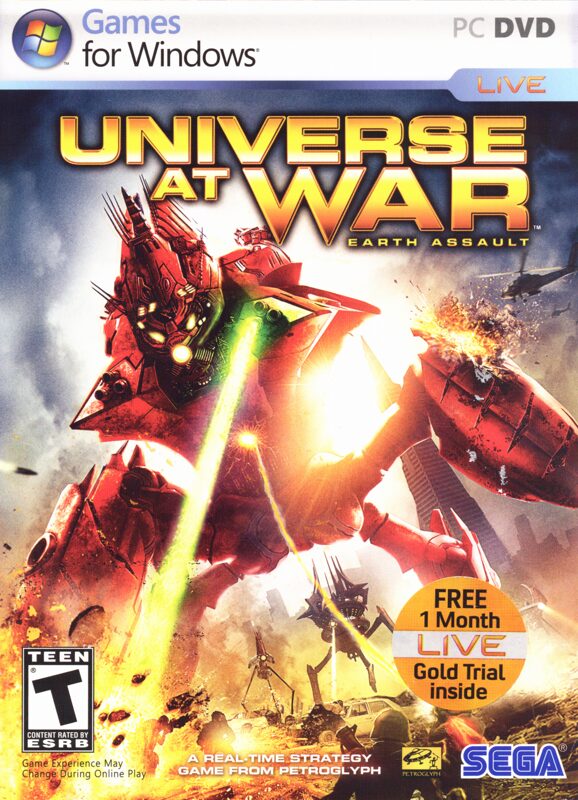
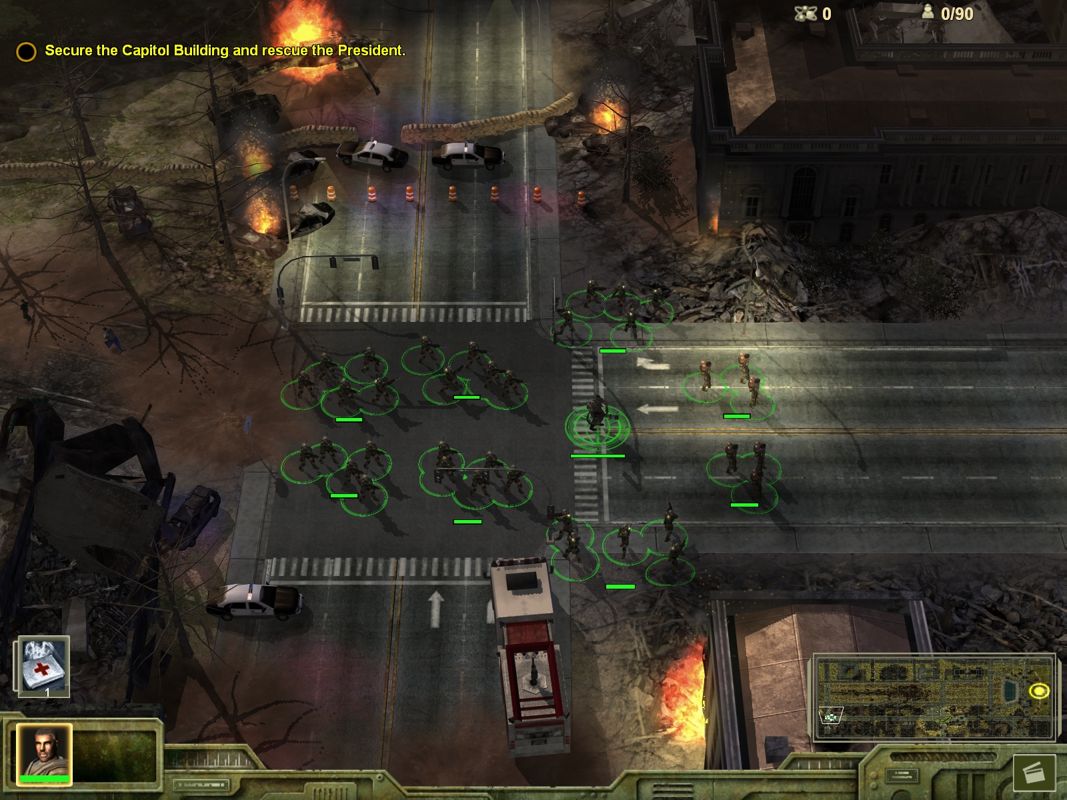
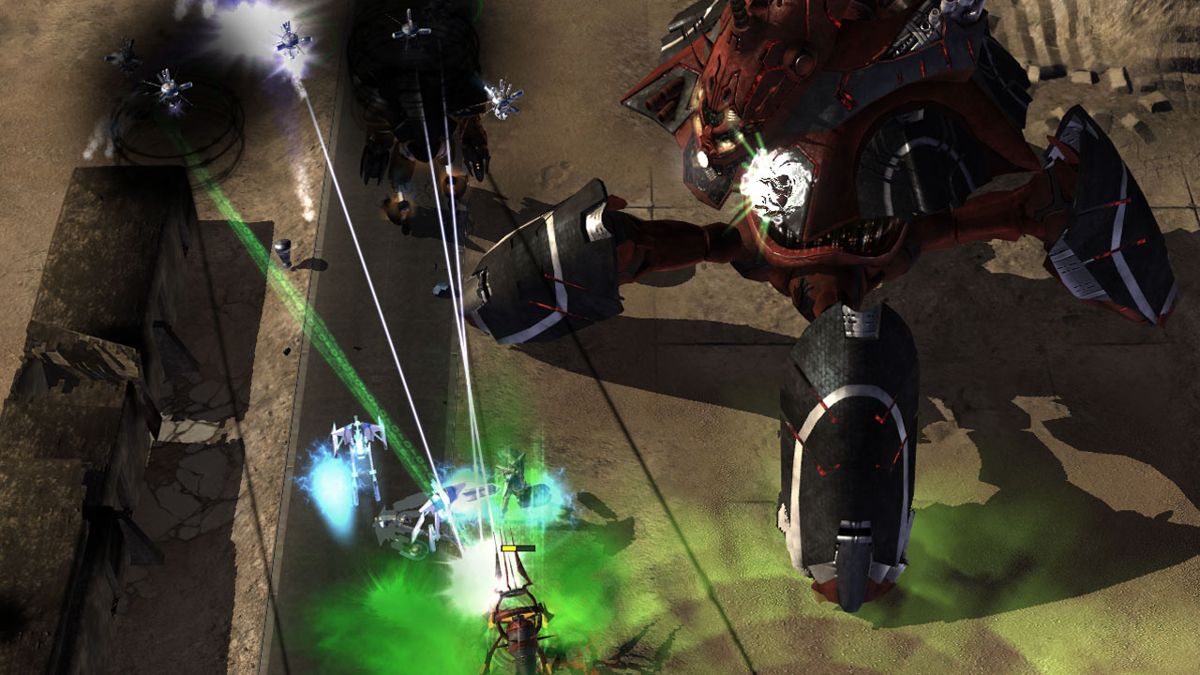
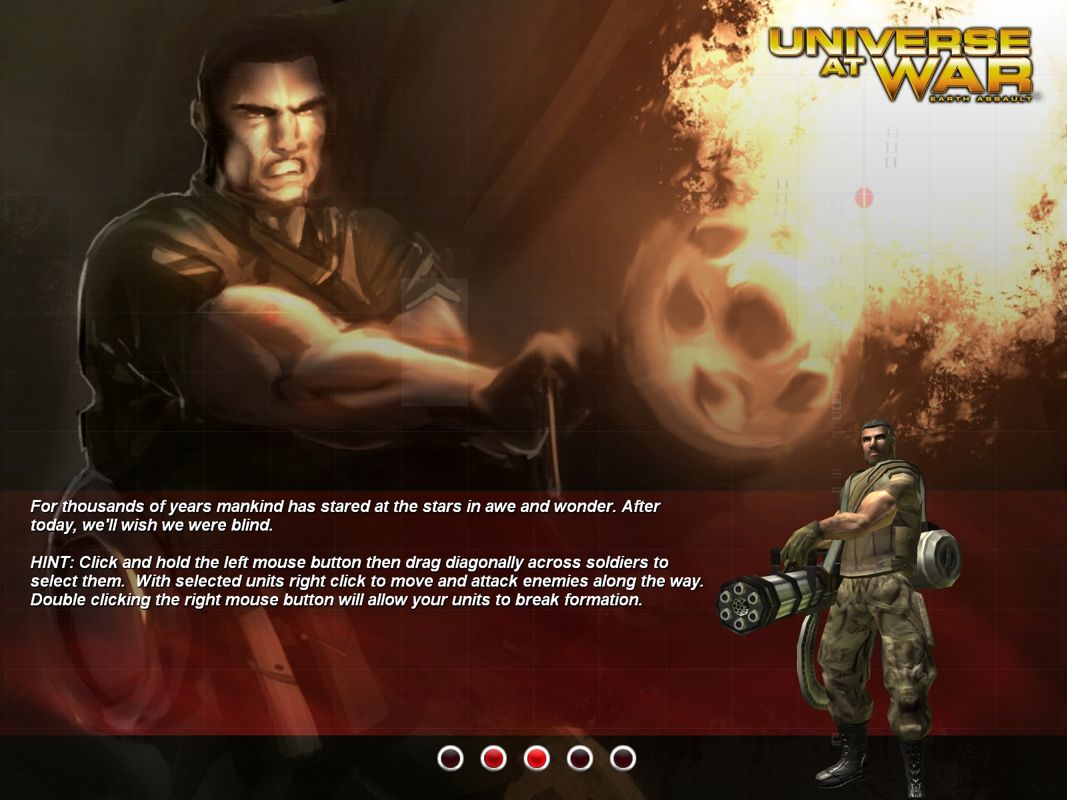
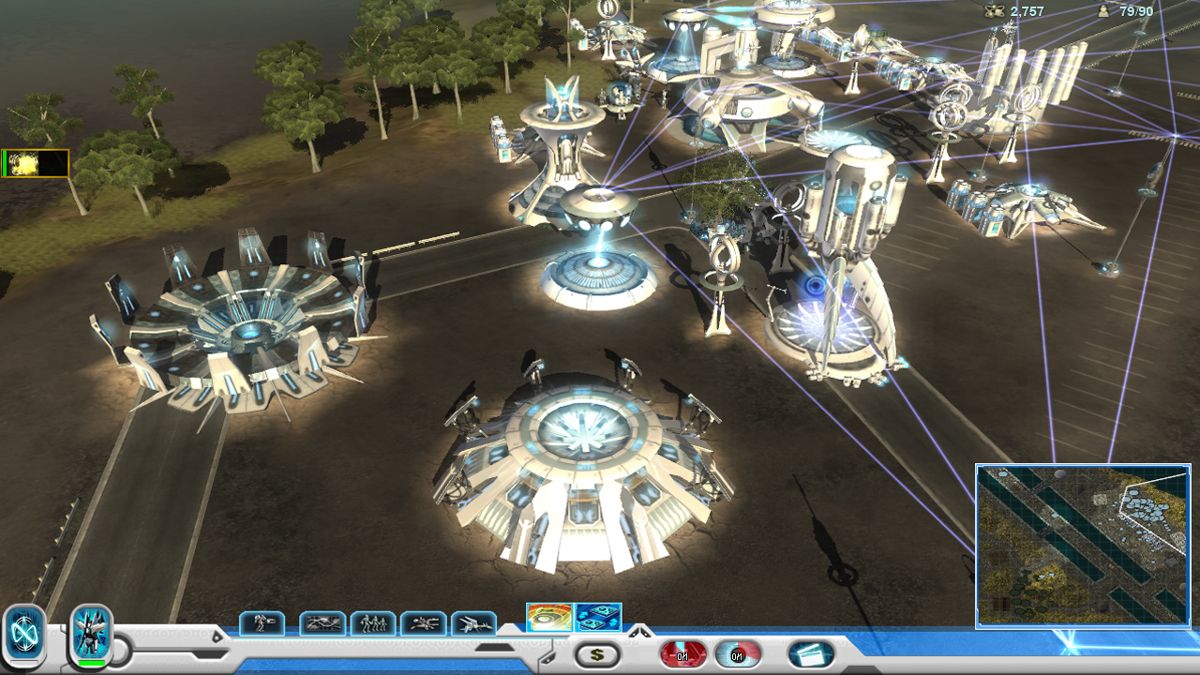
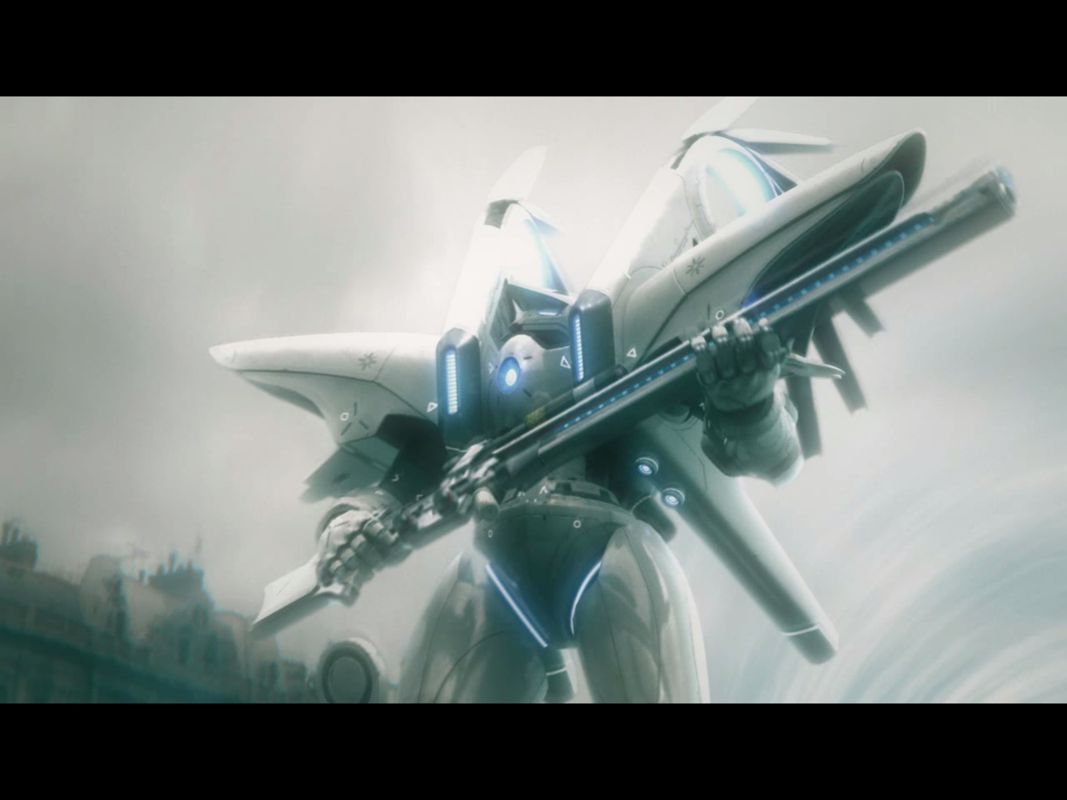



Reviews
There are no reviews yet.